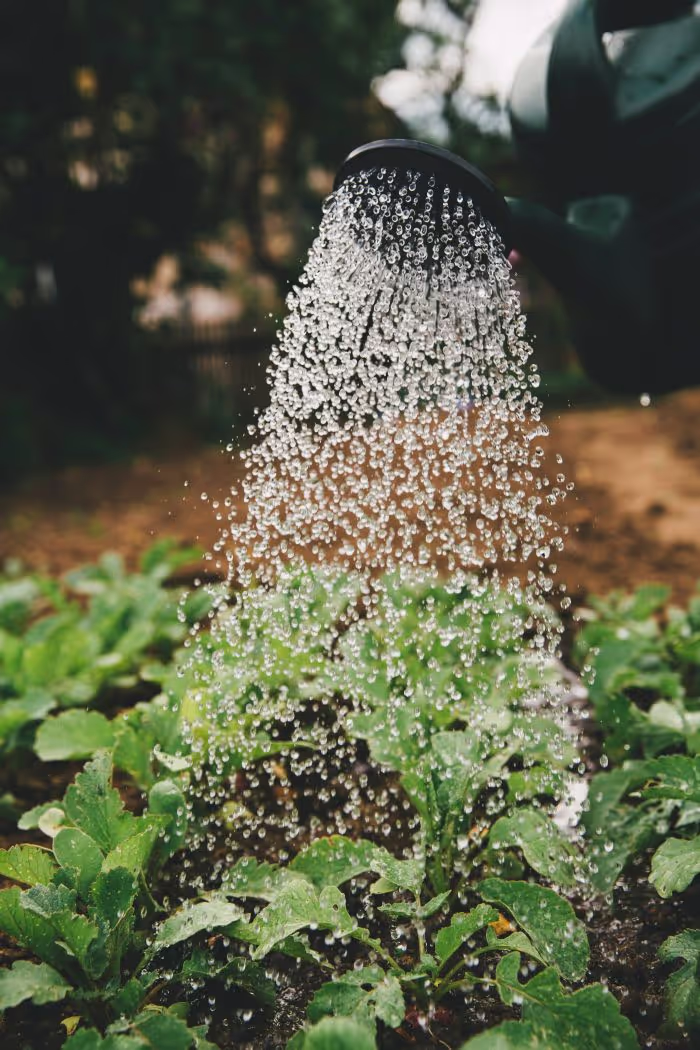How to Landscape With Rocks – Keeping Soil Clean
Rock landscapes can add color, warmth and texture to your garden. Rock landscaping is durable and hardy. However, stone retains much heat and so it might not be ideal around delicate flowers. Rock mulches are also suitable for areas with perennial hardy plants, or in areas with no plants at all such as a real rock garden. Care must be taken to keep the rocks in place; moving rocks usually destroy soil quality and can destroy your lawnmowers if they get onto your lawns. Follow the below guidelines to properly landscape with rocks.
Prepare the Soil

Pull out all weeds in the areas where you want to lay down the rocks. Experts advise digging the ground at least 3 inches deep so that the rocks have a strong foundation that matches surrounding areas in the landscape. One of the methods landscapers use to ensure no weeds spring up from under the rocks is laid using herbicides. After using herbicides, you are supposed to wait for at least two weeks before planting.
Line the Garden with Landscape Fabric
Install landscape fabrics in the garden to choke off any weeds that attempt to grow through the rocks. The material also keeps the rocks in place, so they don’t sink deep into the soil. Dig a trench around the bed and push the fabric into the ditch to keep the rocks anchored. You can also reinforce the stones in place by installing rubber strips or plastic into the trenches to keep the rocks in place.
Plant Through the Landscape Fabric
If you need to plant fresh seeds/seedlings into the landscaped area, cut small holes into the landscape fabric and plant through the holes. Be sure to remove any weeds that attempt to grow alongside your plants in the space. When landscaping in an existing garden, the landscape fabric has to go over or around the existing plants in the area. Cut an appropriately sized hole into the material and then work it over the plant. For large trees, cut the fabrics into small strips so that you can completely cover the area around the trunk.
Lay the Rocks

After preparing the soil and lining the bed with the fabric, it is now time to add the stones. Smaller pea-sized stones are per cent for areas with no plants such as the porch or pavement. Decorative large rocks are ideal for areas with or without plants. Light colored stones are the best option if you need a reflective garden space. Darker stones are not suitable for desert landscapes as they absorb in all the heat. For small rocks ensure to spread them at least 2 inches thick. Then again get ready for the task ahead of regularly cleaning dirt and sediment between the stones, and replenishing them to cover any bald patches.
Bonus Tip
Consider the type of rocks you want to landscape with and the types of plants in your garden. For instance, limestone rocks will raise the pH of the soil in your garden, so the only plants that would survive in such an environment are acid lovers. You can even add certain rocks around your pool to give it a more aesthetic appeal.
Bottom Line
When learning how to landscape with rocks, start by digging the soil to removing weeds. Afterwards, line the garden with landscape fabric, plant through the fabric or cut holes in it to fit around existing plants then finally lay the rocks.
